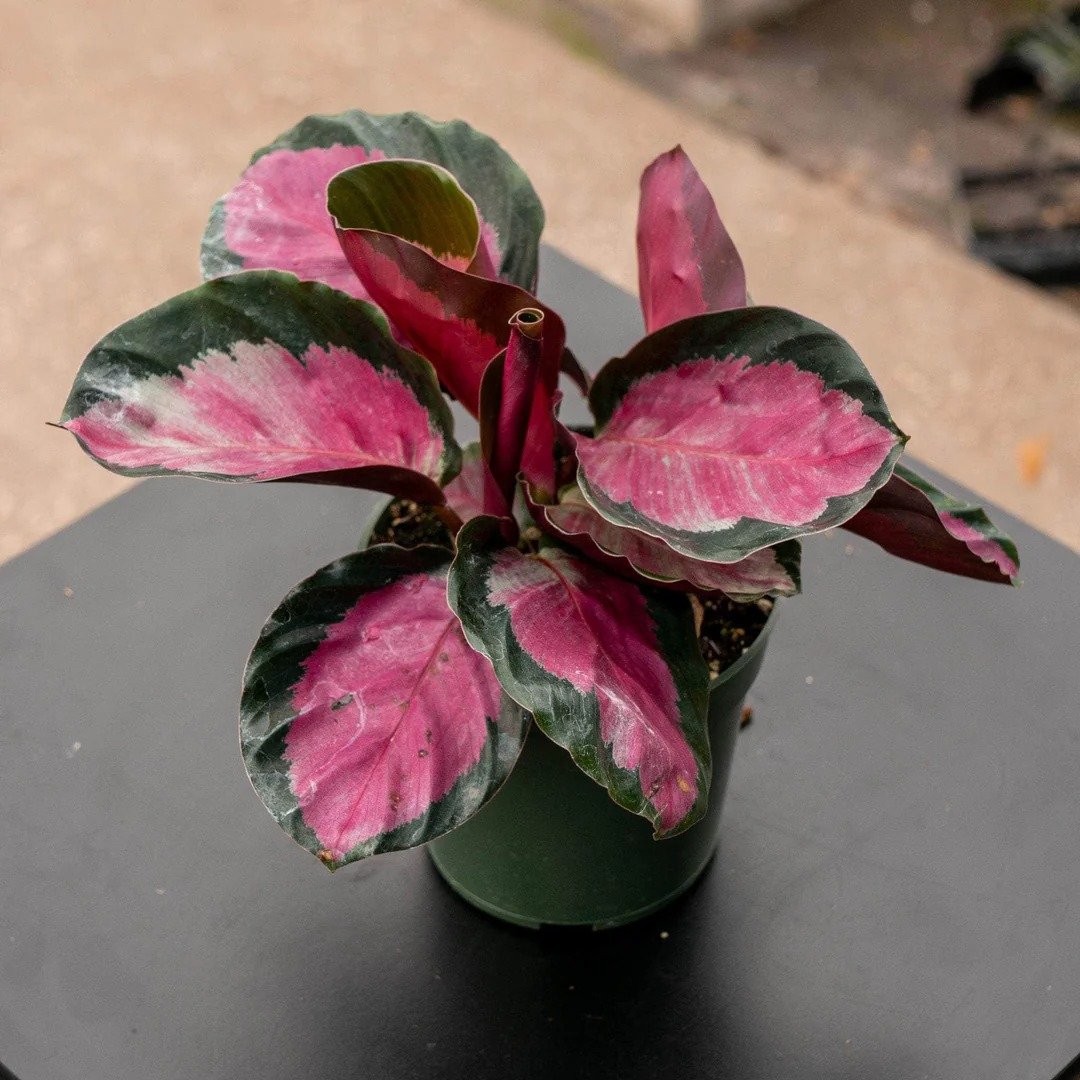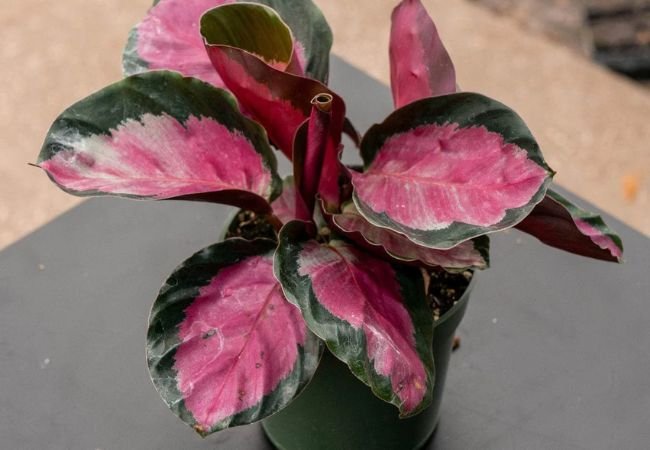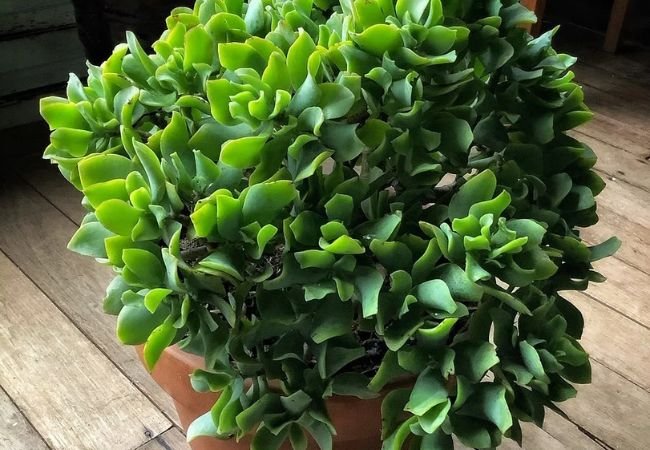Discover expert Calathea roseopicta care tips, from basic needs to advanced techniques. Learn how to grow this stunning tropical plant and troubleshoot common issues. Perfect for beginners and experienced plant lovers alike.
Hey there, plant lovers! Today, we’re diving into the world of Calathea roseopicta, a stunning houseplant that’s sure to catch your eye. Whether you’re a newbie or a green thumb pro, this guide has got you covered. We’ll walk through everything from basic care to some nifty advanced techniques. So, let’s get started and help your Calathea roseopicta thrive!
Here’s a short information chart for Calathea roseopicta:
| Attribute | Details |
|---|---|
| Botanical Name | Calathea roseopicta |
| Common Name | Rose-painted Calathea |
| Plant Type | Perennial |
| Zones | 10-11 (USDA) |
| Sun Exposure | Indirect sunlight |
| Soil Type | Well-draining, moist |
| Watering | Regular, keep soil moist |
| Growth Habit | Upright, clumping |
| Height/Spread | Up to 2 feet tall/spreads |
| Special Features | Ornamental foliage |
What is Calathea roseopicta?

First things first, let’s get to know our leafy friend. Calathea roseopicta, also known as the Rose Painted Calathea or Medallion Calathea, is a tropical plant native to Brazil. It’s part of the Marantaceae family, which includes other prayer plants. The name “roseopicta” comes from Latin, meaning “painted rose,” which perfectly describes its eye-catching leaves.
This beauty is famous for its large, round leaves with intricate patterns. The top of the leaves often sport dark green hues with lighter green or pink markings. The undersides? They’re a gorgeous deep purple. At night, the leaves fold up like hands in prayer, giving it the nickname “prayer plant.”
Basic Care for Calathea roseopicta
Now that we’re acquainted, let’s talk about the basics of Calathea roseopicta care.
Light Requirements:
Calathea roseopicta loves bright, indirect light. Think of it as a plant that enjoys hanging out in the dappled shade of a tropical forest. Too much direct sunlight can scorch those beautiful leaves, so keep it away from harsh rays. A spot near a north or east-facing window is often perfect.
Water Needs:
When it comes to water, Calathea roseopicta likes to stay moist but not waterlogged. Water your plant when the top inch of soil feels dry. Use room temperature water to avoid shocking the roots. These plants are sensitive to chemicals, so filtered or distilled water is best.
Humidity:
Being tropical, Calathea roseopicta thrives in high humidity. Aim for 60% or higher. You can boost humidity by misting the leaves, using a pebble tray, or placing a humidifier nearby. Grouping plants together also creates a mini humid microclimate.
Temperature:
Keep your Calathea roseopicta in a warm spot. It prefers temperatures between 65°F to 80°F (18°C to 27°C). Avoid cold drafts or sudden temperature changes, which can stress the plant.
Soil and Potting:
Use a well-draining potting mix rich in organic matter. A mix of peat, perlite, and regular potting soil works well. Make sure the pot has drainage holes to prevent water from sitting at the bottom.
Fertilizer:
Feed your Calathea roseopicta with a balanced, water-soluble fertilizer every 4-6 weeks during the growing season (spring and summer). Dilute the fertilizer to half strength to avoid burning the roots.
Pruning:
Regularly remove any yellow or brown leaves to keep your plant looking its best. Use clean, sharp scissors to avoid damaging the plant.
Common Problems and Solutions
Even with the best care, your Calathea roseopicta might face some issues. Here are some common problems and how to fix them:
Yellowing Leaves:
This often means overwatering. Cut back on watering and make sure the soil drains well. Yellow leaves can also be a sign of too much direct sunlight.
Brown Leaf Tips:
This is usually due to low humidity or using tap water. Increase humidity and switch to filtered or distilled water.
Curling Leaves:
Curling can be a sign of underwatering or low humidity. Water more frequently and boost humidity.
Pests:
Keep an eye out for spider mites, mealybugs, and scale insects. Treat with neem oil or insecticidal soap if you spot any pests.
Advanced Techniques for Calathea roseopicta Care
Ready to level up your Calathea roseopicta game? Here are some advanced techniques to try:
Propagation:
Calathea roseopicta can be propagated by division. During repotting, gently separate the plant into smaller sections, making sure each has roots and leaves. Pot these divisions in fresh soil and care for them as you would a mature plant.
Creating a Terrarium:
Due to its love for humidity, Calathea roseopicta makes a great terrarium plant. Create a mini ecosystem with a glass container, adding layers of gravel, activated charcoal, and potting mix. Plant your Calathea roseopicta and add other humidity-loving plants for a stunning display.
Leaf Cleaning:
To keep those gorgeous leaves shining, gently wipe them with a damp cloth every few weeks. This not only keeps them looking great but also helps the plant photosynthesize better.
Seasonal Care:
In winter, reduce watering and stop fertilizing. Move the plant away from cold windows and consider using a grow light to supplement natural light.
Companion Planting:
Group your Calathea roseopicta with other tropical plants like ferns, Philodendrons, or Monsteras. This not only creates a lush, jungle-like atmosphere but also increases humidity for all the plants.
Root Pruning:
When repotting, you can prune up to 1/3 of the roots to control the plant’s size. This is especially useful if you want to keep your Calathea roseopicta in the same pot size.
Foliar Feeding:
Occasionally, you can feed your plant through its leaves. Use a diluted liquid fertilizer in a spray bottle and mist the leaves. Do this in the morning so the leaves can dry before night.
The Science Behind Calathea roseopicta’s Movement
One of the coolest things about Calathea roseopicta is its daily leaf movement, called nyctinasty. This movement is controlled by a joint-like thickening at the base of the leaf called the pulvinus.
During the day, the leaves spread out to catch light. At night, they fold up, possibly to conserve heat or reduce moisture loss. This movement is influenced by changes in light and the plant’s internal circadian rhythm.
Research from the University of California, Berkeley suggests that this movement might also help prayer plants shed water and avoid fungal growth in their native rainforest habitat.
Calathea roseopicta in Interior Design
Beyond being a fantastic houseplant, Calathea roseopicta is a star in interior design. Its bold patterns and colors make it a natural focal point in any room. Here are some design tips:
- Use it as a living artwork. Place a large Calathea roseopicta in a stylish pot against a plain wall for a stunning natural display.
- Create a tropical oasis in your bathroom. The high humidity is perfect for this plant, and it adds a spa-like feel.
- Pair it with mid-century modern furniture. The plant’s round leaves complement the clean lines of this style.
- Use it in a plant shelf or hanging planter to add depth and interest to your space.
- Choose a pot that complements the leaf colors. A simple terracotta pot lets the plant shine, while a metallic pot can add a touch of glamour.
Environmental Benefits of Growing Calathea roseopicta
Growing Calathea roseopicta isn’t just good for your home decor; it’s great for your indoor environment too. Here’s why:
Air Purification:
Like many houseplants, Calathea roseopicta can help clean the air in your home. It absorbs pollutants and releases clean oxygen.
Humidity Regulation:
Through transpiration, this plant releases moisture into the air, naturally increasing humidity. This can be beneficial in dry climates or homes with air conditioning.
Stress Reduction:
Studies have shown that indoor plants can reduce stress and improve mood. The act of caring for a plant like Calathea roseopicta can be a calming, mindful practice.
Biodiversity Awareness:
Growing tropical plants like Calathea roseopicta can increase awareness of rainforest ecosystems and the importance of plant conservation.
Calathea roseopicta Varieties
While we’ve been focusing on the classic Calathea roseopicta, there are several stunning varieties to explore:
- Calathea roseopicta ‘Dottie’: This variety has dark, almost black leaves with bright pink edges.
- Calathea roseopicta ‘Rosy’: Features leaves with a pink center surrounded by dark green edges.
- Calathea roseopicta ‘Corona’: Has light green leaves with darker green markings and a pink midrib.
- Calathea roseopicta ‘Cynthia’: Boasts silvery-green leaves with dark green edges and a pinkish-red underside.
Each variety has its unique charm, but they all require similar care to the standard Calathea roseopicta.
Troubleshooting Calathea roseopicta Growth Issues
Sometimes, despite our best efforts, Calathea roseopicta might not grow as vigorously as we’d like. Here are some potential issues and solutions:
Slow Growth:
If your plant isn’t growing much, it might need more light. Move it to a brighter spot, but remember to avoid direct sunlight. Slow growth can also be due to underfeeding, so try increasing your fertilization schedule slightly.
Leggy Growth:
If your Calathea roseopicta is getting tall and sparse, it’s probably stretching for light. Again, move it to a brighter location. You can also rotate the plant regularly to encourage even growth.
No New Leaves:
If your plant isn’t producing new leaves, it might be rootbound. Check if roots are coming out of the drainage holes. If so, it’s time to repot into a slightly larger container.
Fading Leaf Patterns:
If the beautiful patterns on your Calathea roseopicta leaves are fading, the plant might be getting too much light. Move it to a shadier spot to preserve those stunning markings.
Calathea roseopicta in Plant Medicine and Culture
While Calathea roseopicta is primarily known as an ornamental plant, its relatives in the Marantaceae family have been used in traditional medicine and crafts in their native regions.
In some parts of South America, Calathea leaves are used to wrap food for cooking, imparting a subtle flavor. Other Calathea species have been used in traditional medicine to treat inflammation and digestive issues.
While these uses don’t directly apply to Calathea roseopicta, they highlight the diverse ways humans have interacted with these plants throughout history.
Wrapping Up
There you have it, folks! From basic care to advanced techniques, we’ve covered all you need to know about Calathea roseopicta. This stunning plant might need a bit more attention than some, but the reward is a truly spectacular addition to your indoor jungle.
Remember, the key to success with Calathea roseopicta is mimicking its natural tropical habitat. Bright indirect light, high humidity, and consistent moisture are your best friends. And don’t forget to take a moment each day to appreciate those gorgeous, ever-moving leaves.
Whether you’re a seasoned plant parent or just starting your green journey, Calathea roseopicta is a rewarding plant to grow. It teaches patience, attention to detail, and the joy of nurturing a little piece of the tropics in your own home.
So go ahead, give Calathea roseopicta a try. With the tips and tricks we’ve shared, you’re well on your way to becoming a Calathea pro. Happy growing!








Leave a Reply